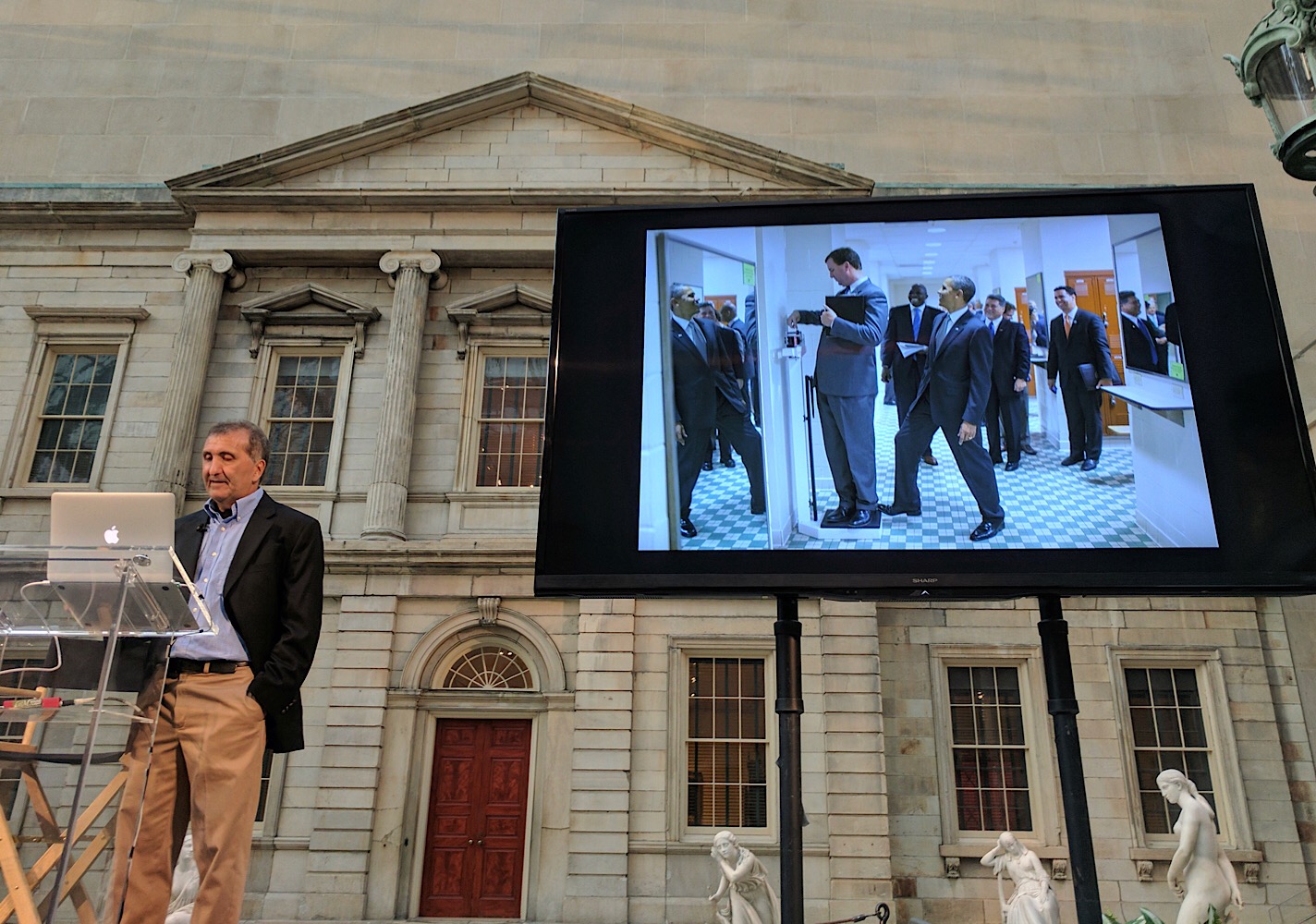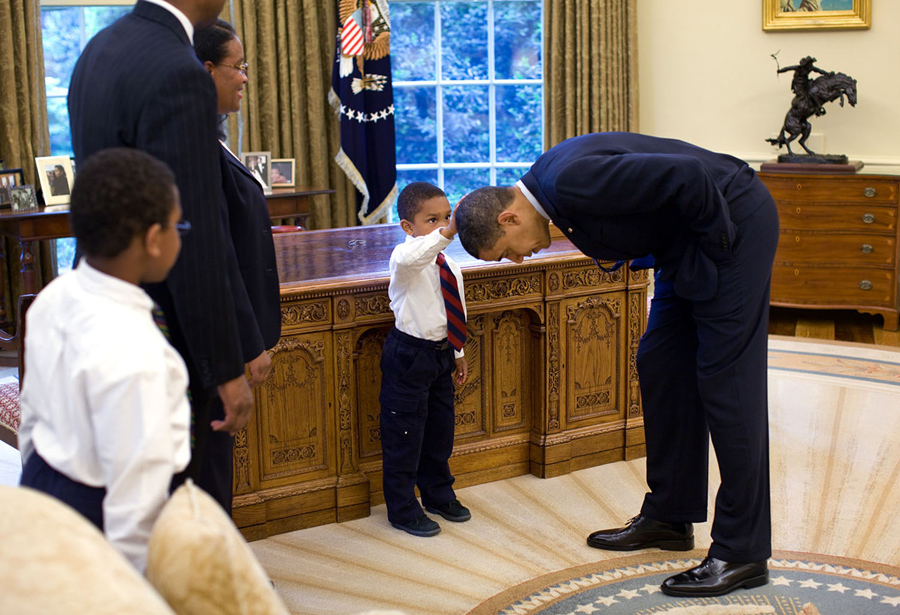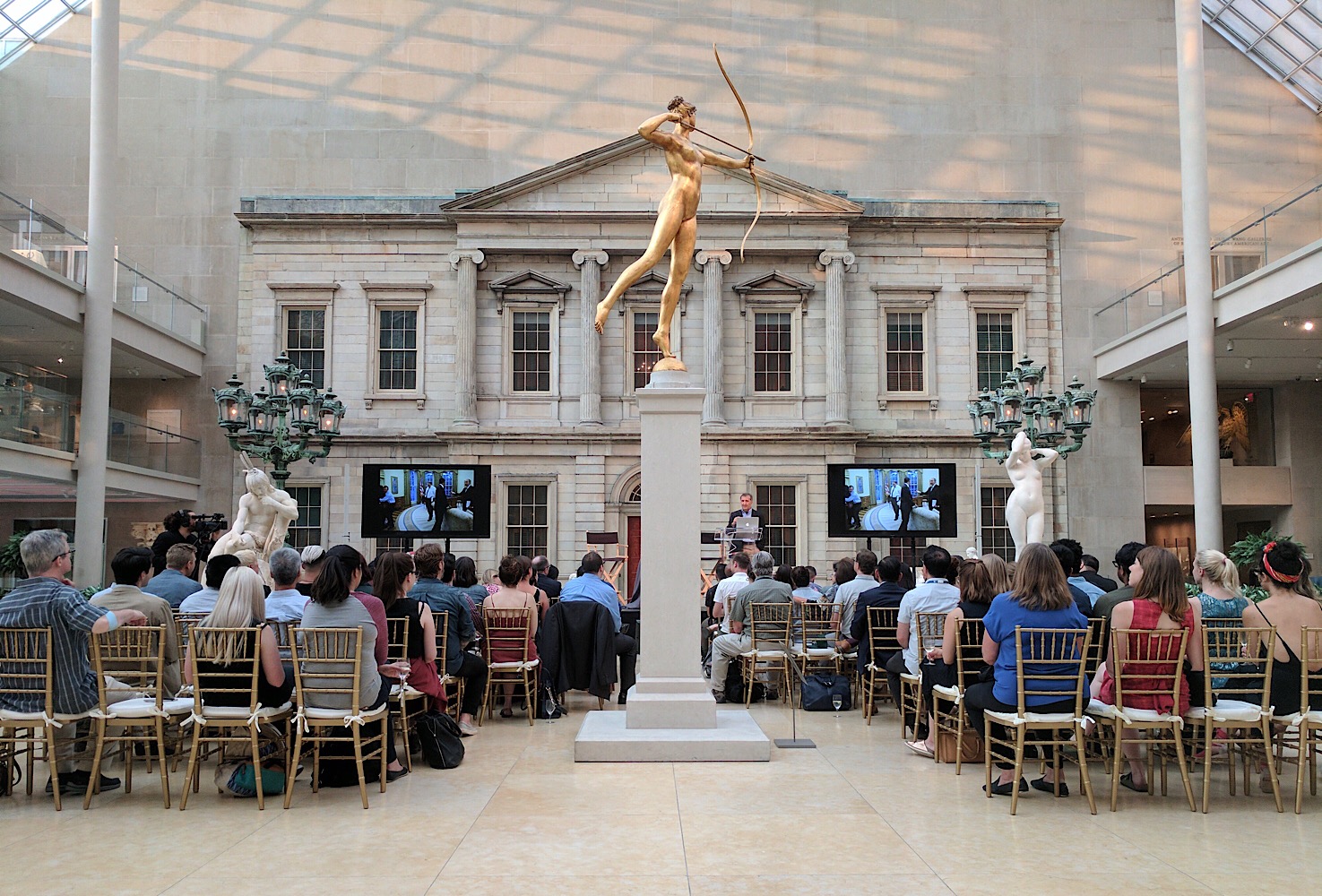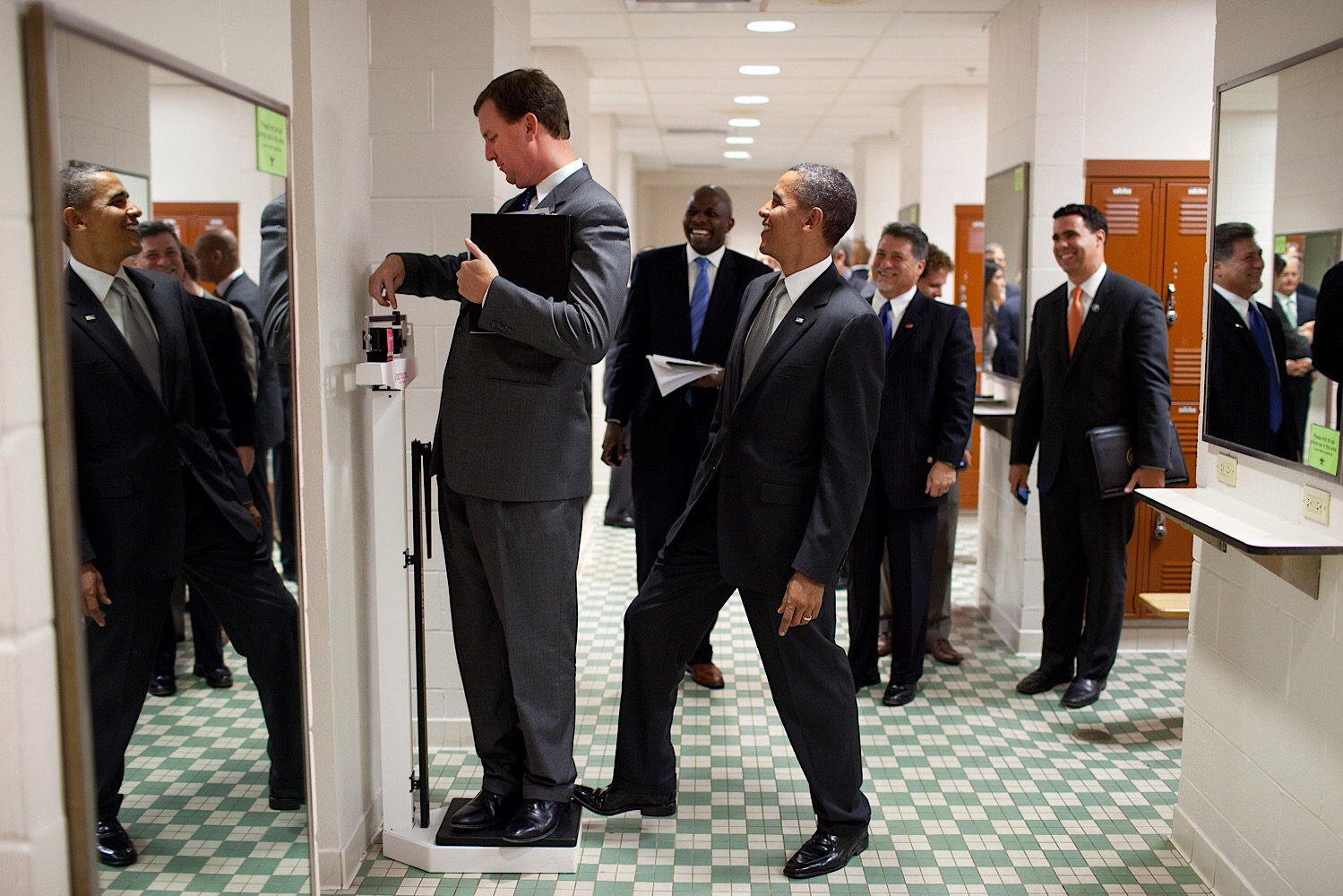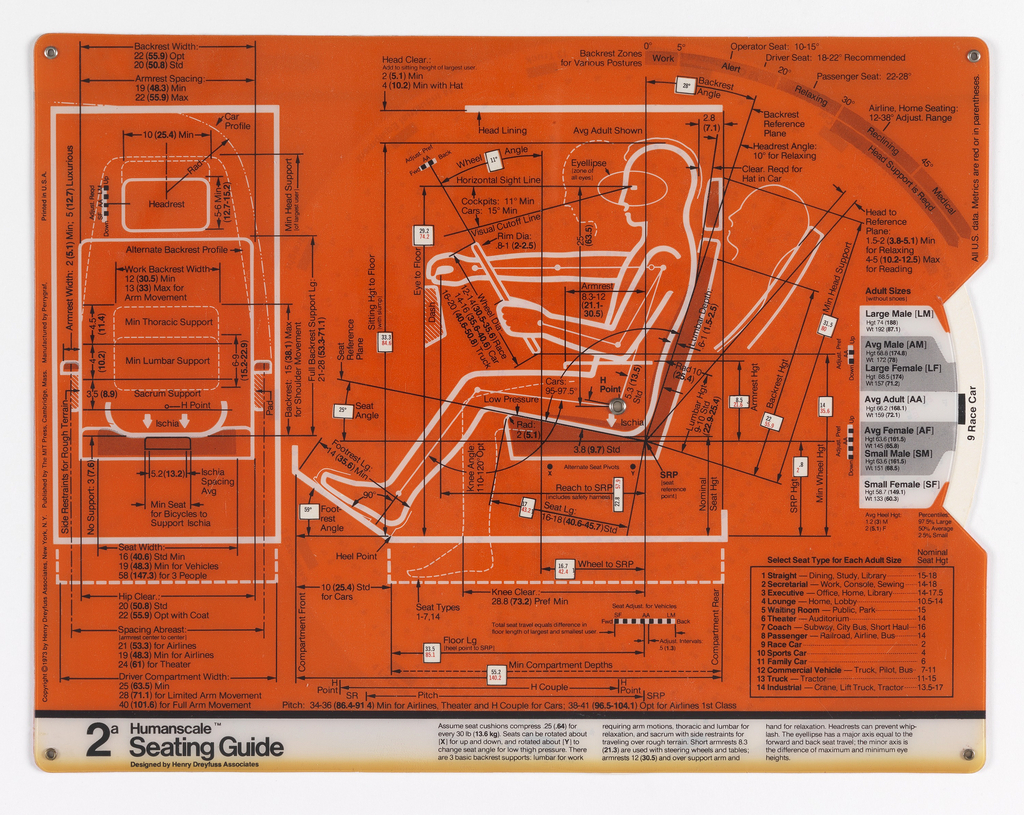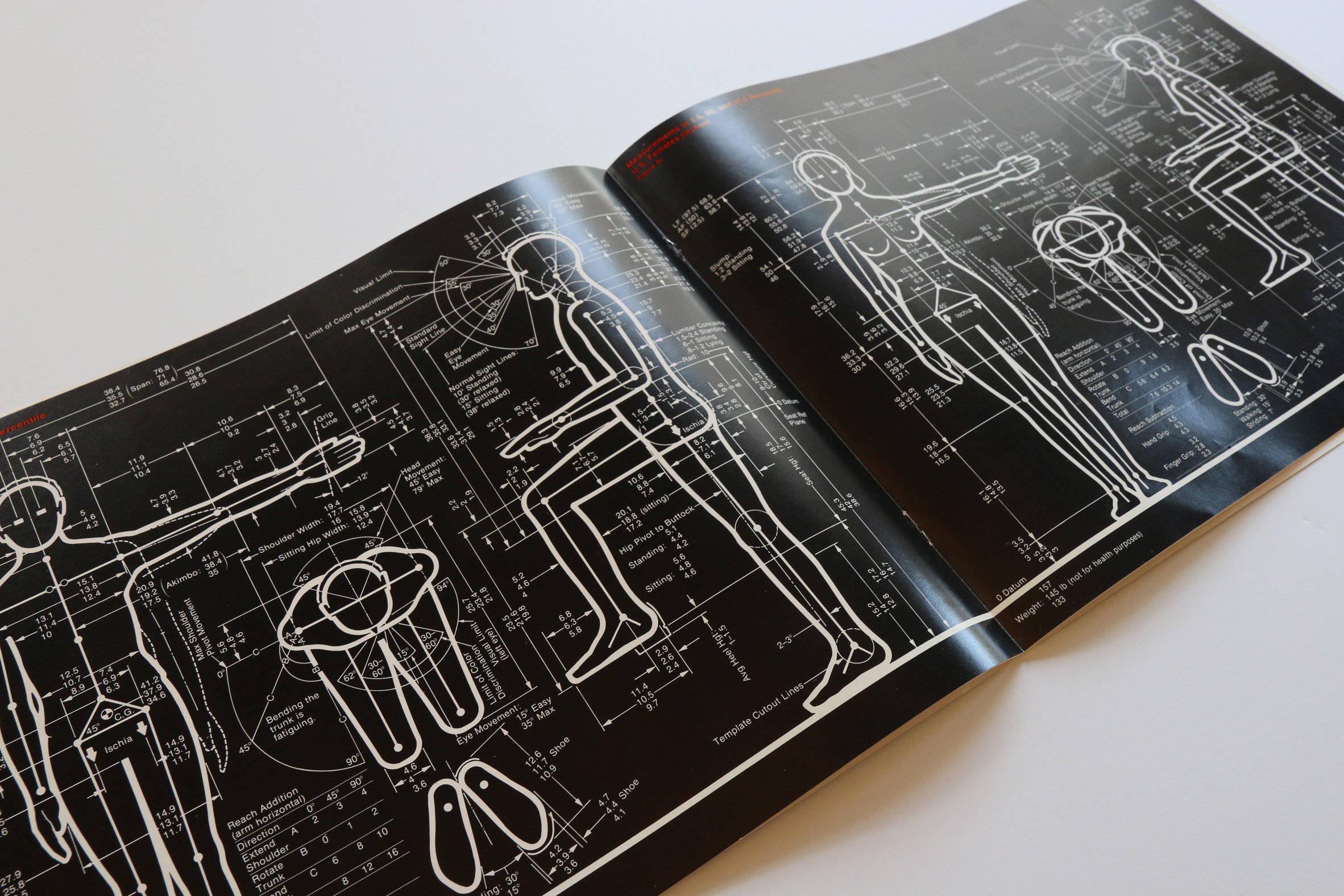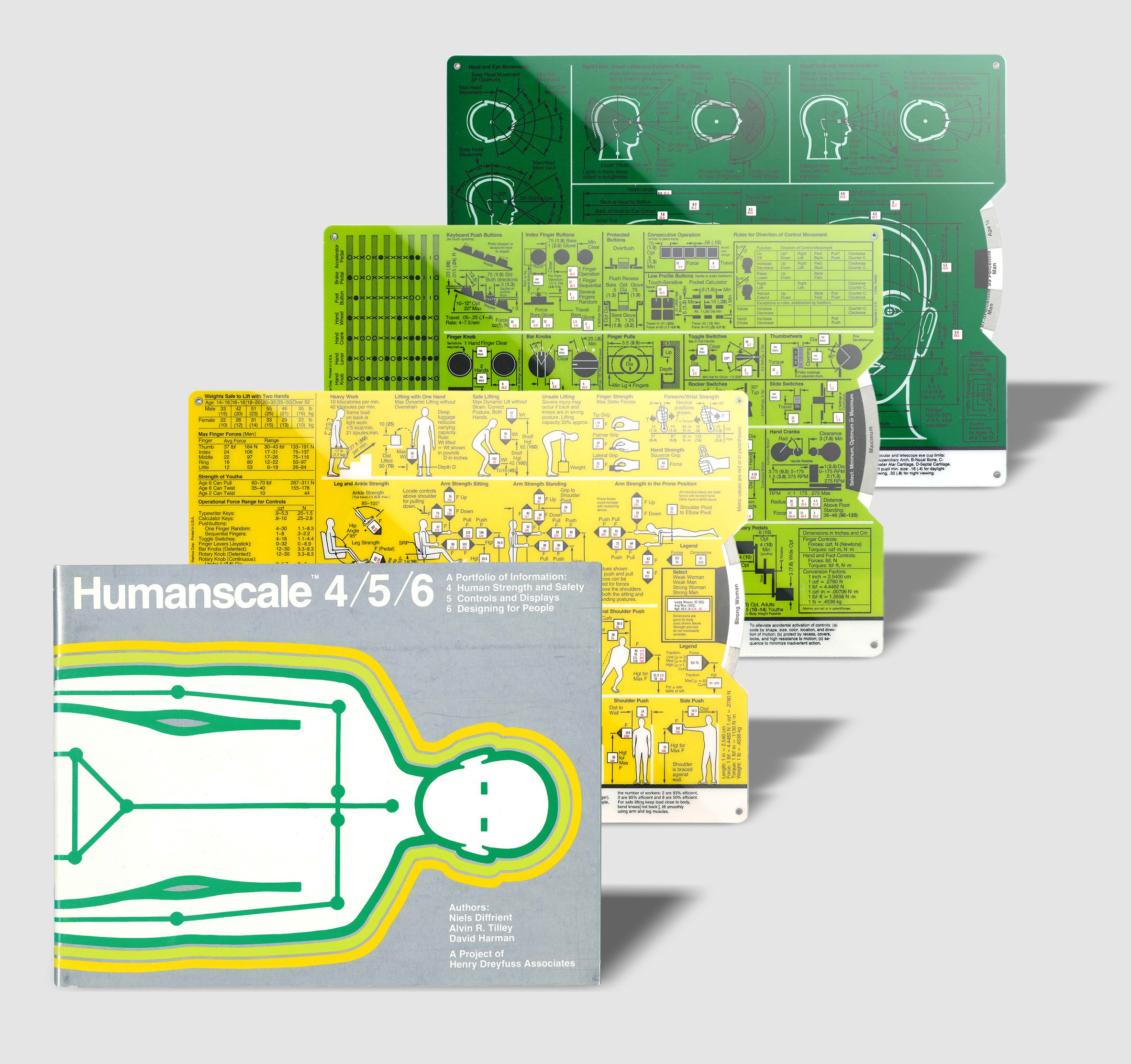Last week The Atlantic published this amazing feature-length article by San Diego State University professor of psychology Jean M. Twenge. After two-and-a-half decades of researching generational change, Twenge contends that she is seeing abrupt, perhaps unprecedented changes in psychological behavior among today’s teens that suggests a looming “mental health crisis.” She argues that this phenomenon can be directly attributed to the advent of the smartphone and the rise of social media.
It’s a shocking contention perhaps not best served by the provocative title “Have Smartphones Destroyed a Generation?,” and I initially approached it with some skepticism. Twenge makes far-reaching assertions—“The arrival of the smartphone has radically changed every aspect of teenagers’ lives, from the nature of their social interactions to their mental health,” she writes—that make for an ambitious polemic. Even casual observers of popular commentary on technology would recognize the trope of a new technology or media form being accused of “ruining” today’s kids. Indeed, some education observers are calling some of Twenge’s facts into question, though the main of her argument hasn’t been fully refuted, at least as of yet.
It’s also not necessarily logical to say that just because it fits an historical pattern that that means it’s also wrong. If nothing else, there are some aspects of Twenge’s argument that are worth examining in greater detail, including the idea that there is a correlation between unhappiness or even depression and teens spending more time than average with screens. She writes:
There’s not a single exception. All screen activities are linked to less happiness, and all nonscreen activities are linked to more happiness. Eighth-graders who spend 10 or more hours a week on social media are 56 percent more likely to say they’re unhappy than those who devote less time to social media.
More to the point, the unhappiness and depression are leading to worrying changes in the data on suicides:
Girls have also borne the brunt of the rise in depressive symptoms among today’s teens. Boys’ depressive symptoms increased by 21 percent from 2012 to 2015, while girls’ increased by 50 percent—more than twice as much. The rise in suicide, too, is more pronounced among girls. Although the rate increased for both sexes, three times as many 12-to-14-year-old girls killed themselves in 2015 as in 2007, compared with twice as many boys. The suicide rate is still higher for boys, in part because they use more-lethal methods, but girls are beginning to close the gap.
Of course, teen behavior is a product, at least in part, of parental attitudes. As a father myself, I recognized a number of widespread smartphone- and social media-oriented habits that I have internalized myself and inadvertently presented to my kids as acceptable behavior. These include, of course, an addictive propensity to check one’s smartphones, often at the expense of remaining present in real world situations; the habit of sleeping with a phone by one’s bedside or even with the phone in bed; and the reflex of looking at the phone before literally any other function upon waking up in the morning. These have all become normalized over the past decade, and it’s pretty clear they’re not doing much good for anybody.
Twenge only passingly touches on culpability in her article, suggesting briefly that social media companies’ motivations are “complex.” But clearly there are many difficult questions to be asked here—asked of the entire tech industry, really. And that would include designers, too, who clearly bear some responsibility in constructing this potentially toxic mix of hardware and software. Perhaps without realizing it, we have all consented to the idea that design should be measured almost exclusively by the concept of conversion, on a solution’s ability to get a customer to click or tap, again and again, as quickly and often as before. You could say that that has become the primary motivation of this current generation of design professionals—we have become drug dealers, in a sense, focused only on propagating addiction. That’s a potentially incendiary assertion in and of itself, but even if it’s not accurate, it seems evident to me that we’re in an era now where the craft of design is able to achieve much of the influence that it has always longed for—and so it must contend soon with the consequences of that influence.
The full article is well worth a read and can be found at theatlantic.com. Twenge’s findings will be published more extensively later this month in a book called “iGen” by Simon & Shuster.
+








